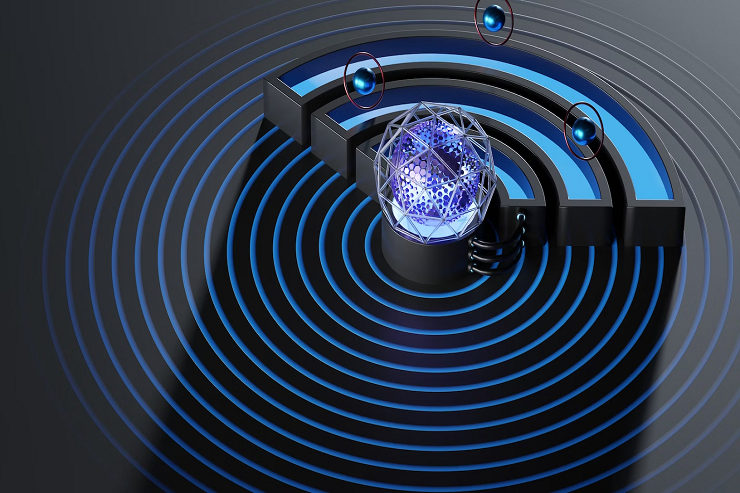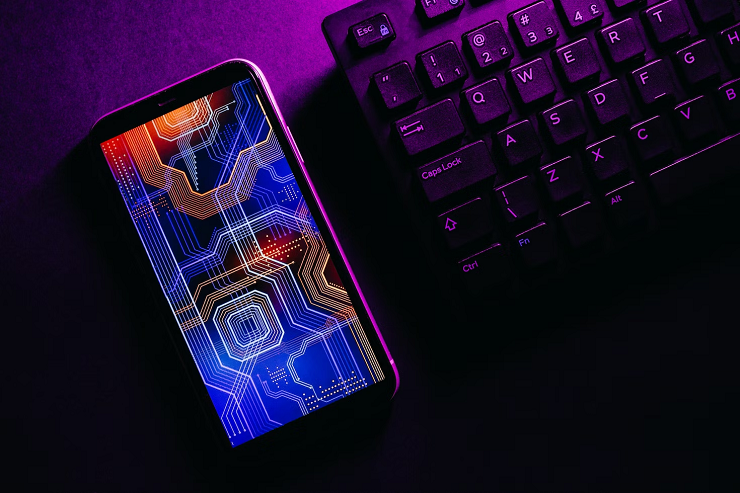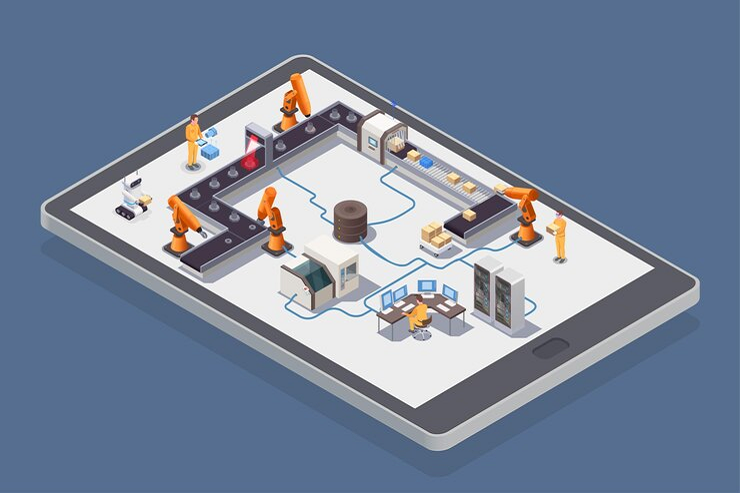
We live in an increasingly connected world. The internet has transformed the way we communicate, learn, work, and entertain ourselves. Now, a new evolution is taking place – the Internet of Things (IoT). IoT refers to the growing number of internet-connected devices and objects that are embedded with sensors, software and connectivity which enables them to collect and exchange data. This has the potential to reshape our homes, workplaces, and cities by connecting common everyday objects and allowing them to share information and complete tasks.
The Growth of IoT
The Internet of Things is growing rapidly as more manufacturers produce connected devices and consumers become comfortable living in smart environments. There are already over 7 billion IoT devices worldwide and analysts predict there could be over 20 billion by 2030. Smart home devices like security systems, thermostats, and appliances are becoming commonplace. Wearables like smartwatches and fitness trackers are gaining popularity. In cities, sensors monitor traffic patterns and public transportation vehicles. Businesses are increasing efficiency with connected inventory and equipment. The applications of IoT are vast and still expanding.
How IoT Works
An IoT ecosystem consists of web-enabled smart devices that use embedded processors, sensors and communication hardware to connect and exchange data through the internet. The devices are often outfitted with software programs and apps to give them expanded functionality and the ability to automatically send and receive data. This allows them to be monitored and controlled remotely. For example, a smart home hub connects to all the IoT devices in the home so they can be controlled through a single app. IoT data is shared through wireless protocols like Wi-Fi, Bluetooth, LTE and 5G. Cloud platforms help interconnect the devices and process and analyze the vast amounts of data.

IoT in Our Homes
One of the most common applications of the IoT is in smart homes. Smart appliances like refrigerators, ovens, and washing machines can detect issues, diagnose problems, and alert manufacturers when repairs are needed. Climate control systems allow homeowners to monitor and adjust temperature, humidity, lighting, and air quality remotely. Smart meters track utility usage like electricity, water, and gas in real-time to improve efficiency. Homeowners can control security systems, door locks, cameras, alarms, and lighting with the touch of a button on their smartphone. Voice-activated assistants like Alexa allow for hands-free control.
IoT Cars and Transportation
The IoT is transforming cars and public transit. Connected vehicles use a network of sensors that collect and share data such as location, traffic, speed, and road conditions. This vehicle-to-vehicle communication improves road safety by providing warnings about hazards ahead.
Autonomous vehicles are able to navigate and drive themselves using a complex system of sensors and software. Public transportation can be upgraded with real-time tracking of buses and trains so travelers know arrival times. Traffic signals can be coordinated to monitor traffic flow and adjust light patterns to reduce congestion.
Industrial IoT
For businesses, IoT offers powerful benefits. Manufacturing equipment with sensors provides real-time monitoring of production. Tracking of parts, products and inventory is made easier with connected databases. Monitoring of energy usage leads to efficiency improvements. connected devices can detect failures early and enable predictive maintenance to avoid downtime. Workers can be alerted to dangerous conditions. Companies can identify areas to optimize daily operations. The Industrial IoT has the potential to revolutionize supply chain management.

IoT in Healthcare
The IoT is empowering developments in healthcare and medicine. Connected wearable devices track data like heart rate, activity levels and sleep patterns. Environmental sensors monitor for airborne threats in hospitals. Asset tracking locates medical equipment and ensures it is properly sterilized. Telemedicine allows physicians to monitor patients remotely through devices like smart scales and blood pressure cuffs. Sensors in pills can track if medications were taken. Big data analytics discovers correlations that lead to new treatments. Prosthetics can achieve more lifelike movements through electrical signals from the brain. The IoT has the potential to reduce waste and costs while improving patient outcomes.
Concerns About IoT Security
While promising, the Internet of Things also raises important concerns about privacy and security. As more sensitive data is collected by IoT devices, the risks increase if this data is hacked or stolen. Device vulnerabilities could give hackers access to home networks. Criminals could steal personal information or spy through devices with cameras and microphones. The distributed structure of IoT networks makes them challenging to secure. However, businesses and consumers must address IoT security threats as a priority, institute encryption, limit data collection, and keep software updated. When proper security is in place, the benefits of IoT can be fully realized.
Conclusion
The Internet of Things is poised to reshape how we interact with the environment around us. By converting dumb objects into intelligent, connected devices, IoT has nearly limitless applications for our homes, cities, healthcare systems, and worksites of the future. As sensors and networks become more advanced, so too will the usefulness of IoT technology. With thoughtful security measures in place, the Internet of Things can bring convenience, efficiency and insight to our daily lives.
